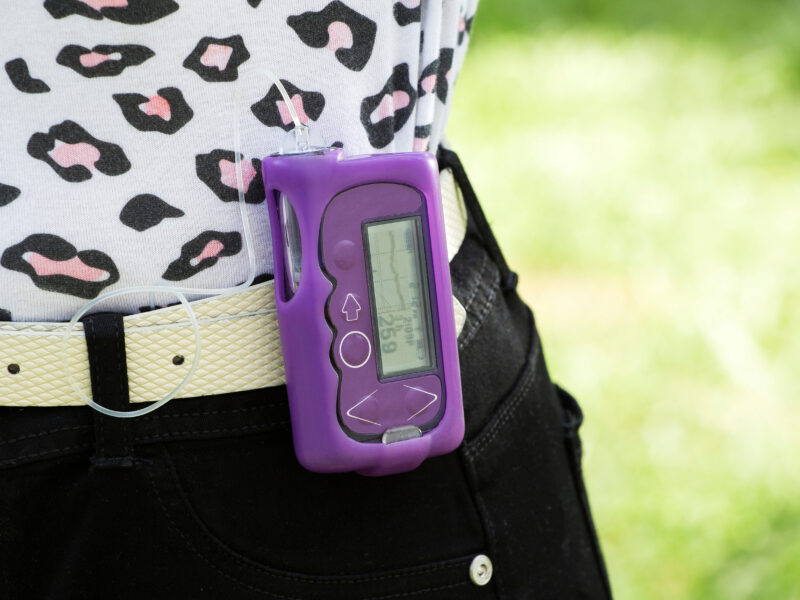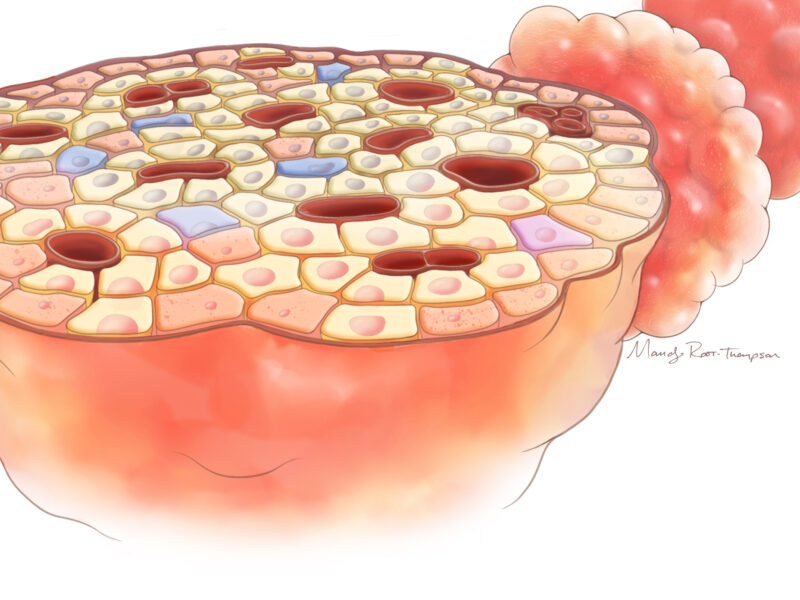Zoledronic Acid Safe and Effective for Use in Children and Young Adults, Study Shows
Zoledronic Acid Safe and Effective for Use in Children and Young Adults, Study Shows https://pediatricsnationwide.org/wp-content/themes/corpus/images/empty/thumbnail.jpg 150 150 Tiasha Letostak, PhD Tiasha Letostak, PhD https://pediatricsnationwide.org/wp-content/uploads/2021/03/Tiasha-Letostak.jpg- November 10, 2015
- Tiasha Letostak, PhD
The medication improves bone density and reduces fractures in patients with neuromuscular disorders that lead to paralysis.
Children with neuromuscular disorders that lead to quadriplegia (paralysis of all four limbs) or paraplegia (paralysis of the legs and lower body) are at risk for low bone density and prone to fractures, a medical condition known as osteoporosis. In adults with osteoporosis, bisphosphonate treatment has been shown to be effective, but many uncertainties remain regarding the use of this therapy in children with low bone density associated with cerebral palsy and neuromuscular disorders.
A recent study published in the Journal of Endocrinology and Diabetes Mellitus demonstrates that zoledronic acid – a newer bisphosphonate treatment not commonly used in pediatric settings – is as safe and effective as conventional bisphosphonate therapy (pamidronate) in improving bone density and reducing fractures in children and young adults.
“Children and young adults who are non-ambulatory or unable to walk are prone to fragility fractures secondary to multiple factors,” says Sasigarn A. Bowden, MD, pediatric endocrinologist in the Section of Endocrinology at Nationwide Children’s Hospital and the lead author of the study. “This study evaluated the efficacy and safety of zoledronic acid compared to pamidronate in the treatment of osteoporosis in children and young adults with spastic quadriplegic cerebral palsy and other neuromuscular disorders.”
According to Dr. Bowden, who is also a member of the physician team for the Metabolic Bone Clinic and the Neuromuscular Disorders section of the Neurosciences Center at Nationwide Children’s, intravenous pamidronate infusion was used when bisphosphonates became available for use in pediatric patients in the late 1990s. However, pediatric endocrinologists have recently switched to zoledronic acid, a newer generation of bisphosphonate drugs, due to its convenience.
“Zoledronic acid has a shorter duration of infusion at 20 minutes and involves only a single dose per cycle, rather than a four hour infusion and three doses for three consecutive days, which is the case for pamidronate,” explains Dr. Bowden. “Since zoledronic acid is a relatively new treatment, there have not been many reports on its use in pediatric patients, which motivated us to conduct this retrospective study.”
Dr. Bowden, along with colleagues at Nationwide Children’s and The Ohio State University College of Medicine, collected data on patients treated with zoledronic acid and patients treated with pamidronate, and then compared outcomes with respect to bone density, blood chemistries and fractures before and after treatment in both patient groups.
“We showed that treatment with zoledronic acid for osteoporosis in pediatric patients with spastic quadriplegic cerebral palsy and different types of neuromuscular disorders was safe and as effective as pamidronate in improving bone density and reducing fractures,” says Dr. Bowden, who is also an associate professor of Clinical Pediatrics at The Ohio State University College of Medicine. “These findings are important in reassuring pediatric bone specialists that this new treatment is as good as the old treatment, and more importantly, is safe to use in a pediatric setting.”
Since zoledronic acid is a very potent bisphosphonate drug, explains Dr. Bowden, her team plans to further their research by determining the minimal effective dosage of zoledronic acid, to identify if a less frequent regimen is as effective as the current regimen used in this recent study.
“We plan to conduct a prospective study of zoledronic acid infusion given every six months, compared to the current regimen of dosing every 3-4 months, in children with various causes of osteoporosis in addition to cerebral palsy, such as osteogenesis imperfecta and steroid-induced osteoporosis in males with Duchenne muscular dystrophy,” states Dr. Bowden. “We also plan to collect long-term data for children treated with zoledronic acid to document long-term effects on fracture reduction or prevention and bone density outcomes.”
References:
- Bowden SA, Mahan JD. Bone health in children with neuromuscular disorders: current opinions and future directions. Pediatric Health. 2010;4(5):463-465.
- Bowden SA, Jessup AB, Akusoba CI, Mahan JD. Zoledronic acid in non-ambulatory children and young adults with fragility fractures and low bone mass associated with spastic quadriplegic cerebral palsy and other neuromuscular disorders. Journal of Endocrinology and Diabetes Mellitus. 2015;3:35-41.
About the author
Tiasha is the senior strategist for Clinical & Research Communications at Nationwide Children's Hospital. She provides assistance to investigators in The Research Institute and clinician-scientists at Nationwide Children’s for internal and external communication of clinical studies, peer-reviewed journal articles, grant awards and research news. She is also the editor-in-chief for Research Now, Nationwide Children's monthly, all-employee e-newsletter for research, as well as a writer for Pediatrics Nationwide.
-
Tiasha Letostak, PhDhttps://pediatricsnationwide.org/author/tiasha-letostak-phd/
-
Tiasha Letostak, PhDhttps://pediatricsnationwide.org/author/tiasha-letostak-phd/
-
Tiasha Letostak, PhDhttps://pediatricsnationwide.org/author/tiasha-letostak-phd/July 14, 2014
-
Tiasha Letostak, PhDhttps://pediatricsnationwide.org/author/tiasha-letostak-phd/September 3, 2014
- Post Tags:
- Endocrinology
- Posted In:
- In Brief







